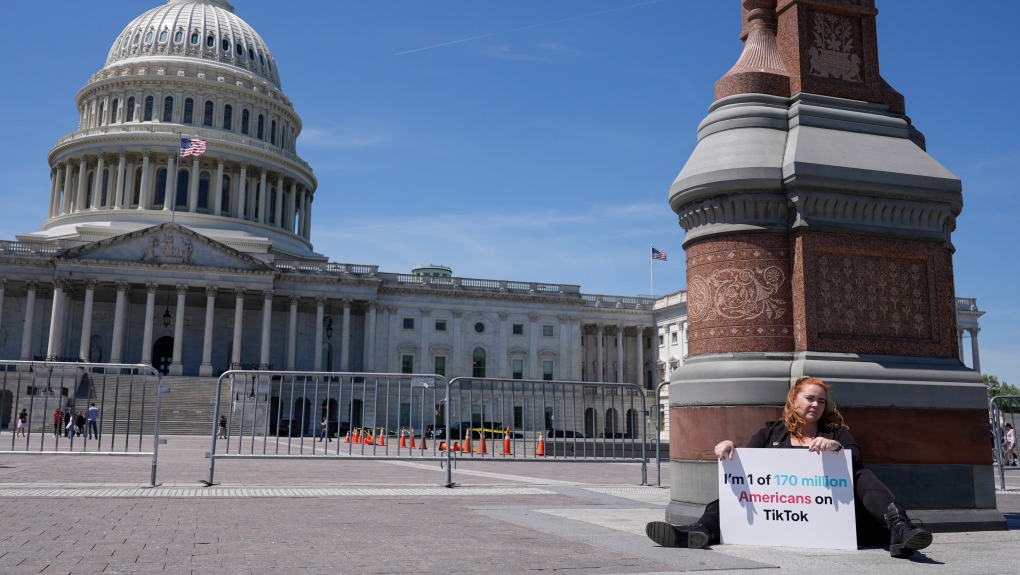Researchers in India have for the first time documented how Asian elephants bury dead calves.
Five calves were found buried on their backs in drainage ditches in tea gardens in northern Bengal, according to a new study.
While African elephants are known to bury dead calves, this is the first time that the behaviour has been documented in Asian elephants, study author Akashdeep Roy, a researcher at the Indian Institute of Science Education and Research (IISER), told CNN on Wednesday.
The burials were documented in areas home to fragmented forests and agricultural lands such as tea gardens, said Roy.
Herds of elephants use trails that snake through tea gardens on their journeys through the countryside, he added.
In the past, elephants would have stayed mostly in the forests, but in recent decades they have become more comfortable in areas with a human presence, said Roy.
While elephants would not bury their dead in villages due to the high probability of human disturbance, the tea garden drainage ditches are a “perfect site” for calf burials, he explained.
“They hold the carcass with the legs or the trunk, it’s the only way they can get a grip on the carcass,” said Roy, who added that laying the body in the ditch and then covering it with mud is the easiest way for elephants to achieve a burial.
Roy said he and his co-author Parveen Kaswan of the Indian Forest Service were in the area to carry out other research when they found evidence of calf burials.
“We were surprised by this obviously,” said Roy.
A dead calf being dragged by an adult. (Kaswan and Roy via CNN Newsource)
The researchers also looked at whether the Asian elephants would revisit burial sites, as African elephants are known to do, but found that instead they would tend to avoid the area, said Roy.
This is the case even though the Indian Forest Service removes the bodies, said Roy, who believes that even elephants from different herds from that which carried out the burial can sense a burial site.
“They know many things that we don’t know,” he said.
Roy told CNN that he intends to keep looking for more cases of calf burials in northern Bengal and Assam, which are home to many tea gardens.
The team will use drones, as well as asking tea garden managers and local residents to report any burial sites, he added.
Joshua Plotnik, assistant professor of psychology at Hunter College in New York, who was not involved in the study, believes there could be a simpler explanation for these apparent burials.
“While there are observed instances of elephants carrying calf carcasses, to my knowledge, none of my colleagues, including many that have observed elephants for decades, have observed elephants burying their dead,” Plotnik, who studies cognition in elephants and other animals, told CNN.
An alternative explanation is that the calves fell into these ditches, couldn’t get out and then died there, with the dirt either falling in naturally after they died or evidence of an attempted rescue by other members of the herd, he said.
“The important point here is that more evidence is needed – direct observations of the burials and the elephants’ behavior, for example – before any conclusions about what is happening here can be drawn,” said Plotnik.
Roy contests this theory, explaining that contusions on the backs of the dead calves show that they were dragged to their resting place by other members of the herd.
The study was published in the Journal of Threatened Taxa on February 26.




